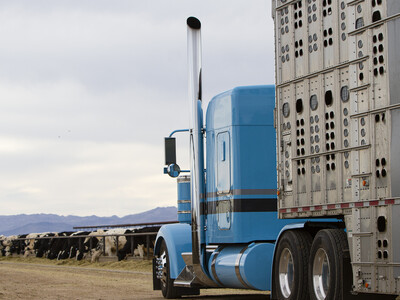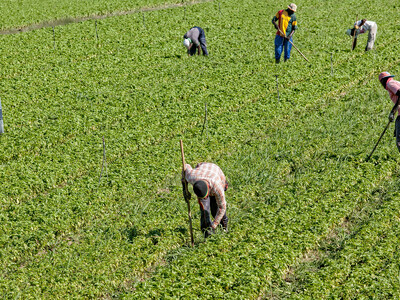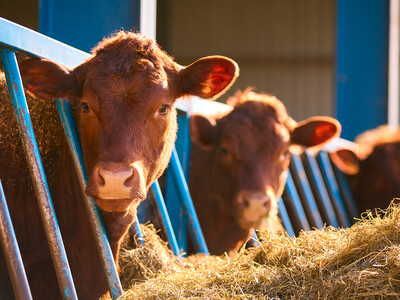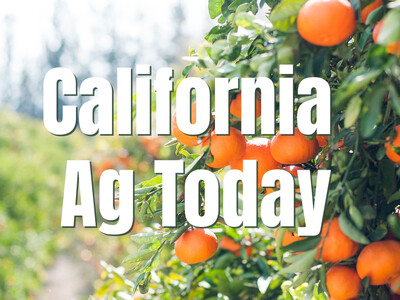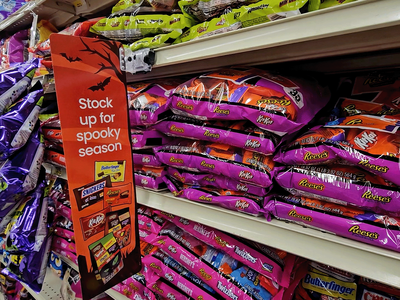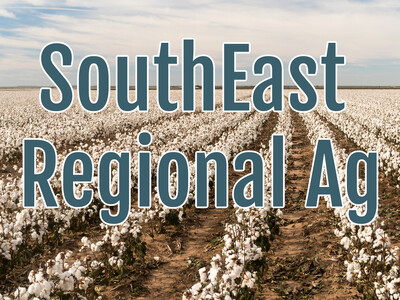Drones and the FAA
Airplanes have to have signals that identify who and where they are. A recent FAA proposal would limit drone use in rural America, according to the American Farm Bureau Federation.A December proposal by the Federal Aviation Administration would require remote identification of drones in flight. The American Farm Bureau Federation recently submitted comments to the FAA regarding the rule. Farm Bureau Congressional Relations Director RJ Karney says the rule would require drones to transmit their location.
"Remote identification is the ability of an unmanned aircraft or drone in flight to provide identification and location information so that people on the ground, for example, law enforcement would be able to locate and identify who it is that’s flying that specific drone. The proposed rule requires that drones use remote identification through two systems, the first being a connection to the internet, the second being a broadcast that comes from the drone itself," said Karney.
And that presents a problem, Karney says many areas of rural America lack adequate internet access, including where farmers and ranchers operate drones.
"Farm Bureau supports efforts that will create a safe environment for drones to operate. However, there are concerns with the lack of internet in rural America, and even more specifically, out where the farmer will be operating a drone, which would occur out in their fields, over their ranchlands. This lack of access would ground drones for farmers and ranchers who currently do not have internet access," said Karney.
The Farm Bureau contends that farmers and ranchers need flexibility from the FAA.
"Farm Bureau submitted comments to the FAA to finalize a rule that would provide flexibility for farmers and ranchers who cannot access the internet. So, now we are waiting on the FAA to finalize its proposed rule concerning remote identification," added Karney.




